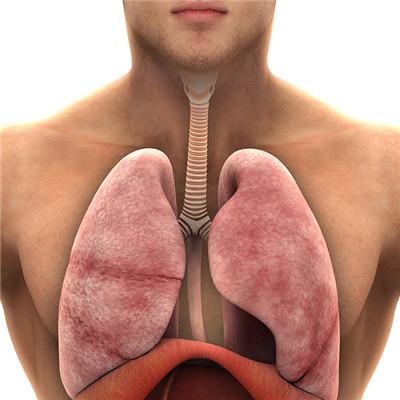Typical symptoms of neonatal intracranial hemorrhage?
summary
Neonatal intracerebral hemorrhage is a common serious disease in neonatal period, mainly manifested as subdural hemorrhage, cerebral parenchymal hemorrhage, cerebellar hemorrhage and mixed hemorrhage. Neonatal intracranial hemorrhage can be divided into hypoxic hemorrhage and birth injury hemorrhage. Hypoxic hemorrhage is more common in preterm infants, and intrapartum hemorrhage is more common in term infants and newborns with abnormal delivery. Typical symptoms of neonatal intracranial hemorrhage? Let's talk about it
Typical symptoms of neonatal intracranial hemorrhage?
Early performance: more excited state, such as restlessness, crying and screaming, vomiting, milk refusal, spasm, muscle tension enhancement, jaw tremor, two eyes in a daze.

Late manifestations: drowsiness, coma, pale complexion, paroxysmal cyanosis, decreased muscle tone of limbs, slow and irregular breathing, weak heart sound, plump anterior chimney, gaze, nystagmus, and finally death due to repeated spasm or bleeding oppressing the life center of medulla oblongata.

There are many symptoms of intracranial hemorrhage, such as confusion of consciousness, acceleration of heart beat, instability of blood pressure, acceleration of breathing, and vomiting in some patients with increased intracranial pressure. Symptoms will be different, will affect vital signs, some patients will appear vomiting and diarrhea, bleeding point is not big patients, but also in the hospital for examination, found in the treatment.

matters needing attention
First of all, keep the children and the surrounding environment absolutely quiet. Nursing, treatment should be concentrated, to the bedside for all operations, the operation should be light, as far as possible to move children. ② Body position. Intracranial hemorrhage caused by birth injury and hypoxia is prone to brain edema, so we should raise the head of the bed to reduce its edema, make the child lie on the right side, and prevent saliva inhalation airway suffocation. Some children with intracranial hemorrhage accompanied by hematoma should pay attention to change the body position to avoid head crush.















